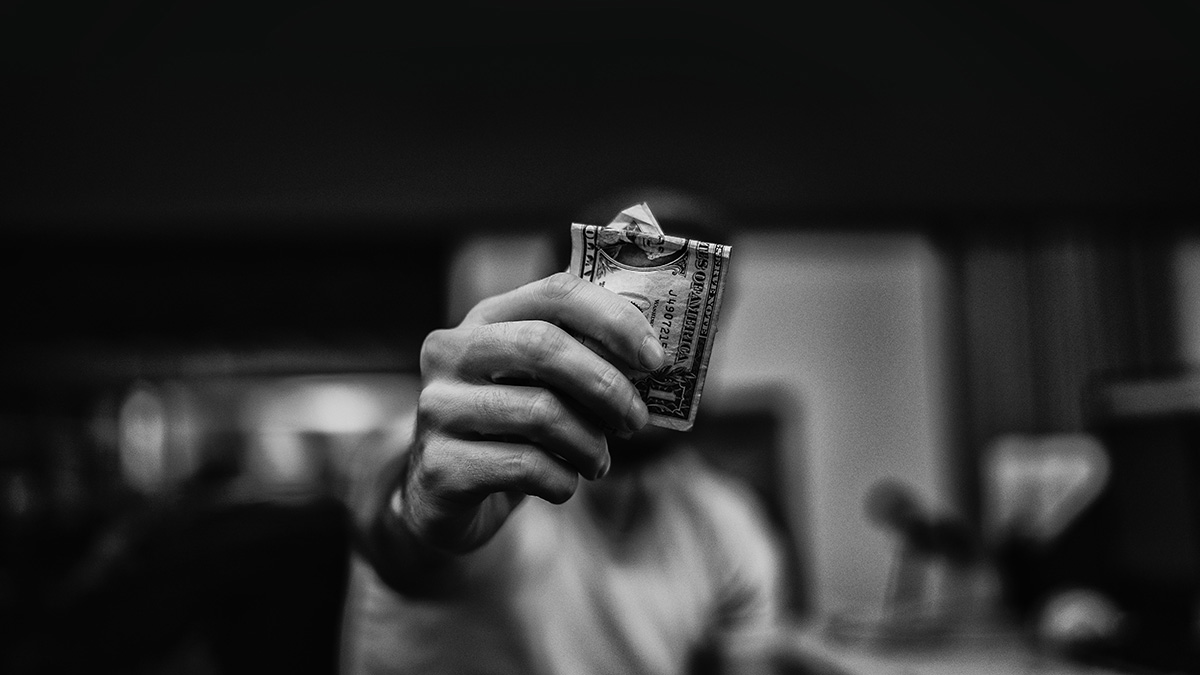
How to Stay Positive After Losing a Business
Losing a job is one thing, but losing a business is in an entirely different league. Your own business is an extension of your own
While most of history recalls Vikings as terrifying, aggressive, battle-hardened warriors, recent research has uncovered some interesting possibilities. Possibilities that, if true, confirm the belief that nearly every ancient culture made use of psychedelic plant-based medicines at one point in time.
That’s right. Anthropologists studying the history of drugs and their influence over various societies have revealed that the Vikings, too, may have taken advantage of psychedelics. However, rather than using them in the way that most other cultures did – to procure visionary experiences and communicate with divine deities or heal people – the Vikings used psychedelics to supercharge themselves before battle, turning themselves into bloodlusted warriors with finely-tuned senses and superhuman levels of energy.
Anybody who’s ever been in a conflict while under the influence of psychedelics will attest to the power that they can provide the human body. The psychedelic mindstate, especially when combined with a sense of camaraderie, brothership, or teamwork, can lead people to perform feats that would otherwise seem utterly impossible.
Now, imagine an entire army of massive, muscular, bearded men, ripped on psychedelics and fury, charging towards your small hamlet with murder in their eyes and froth dripping from their teeth. It would take a warrior of iron will to resist turning and fleeing from these monsters who managed to overtake a great portion of Europe during
This article will explore the possibility that the Vikings used psychedelic medicines and that, perhaps, the whole process of “going berserk” was actually a form of drug-induced trance. Not all Vikings took advantage of psychedelics – just like not all Amazonian tribes took advantage of plant-based medicines like Ayahuasca – but there is an interesting relationship between some Viking groups and certain psychedelics.
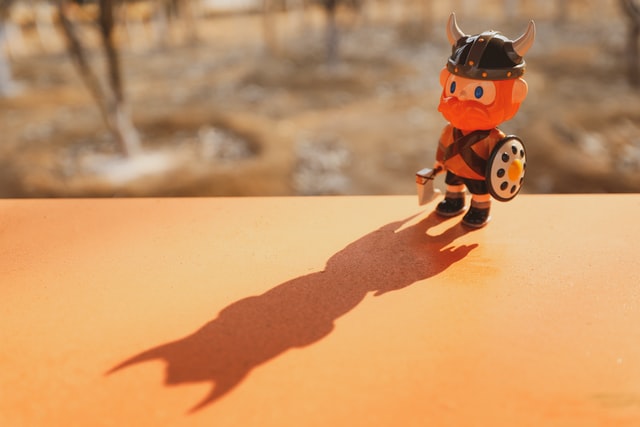
The Viking Age is officially labeled as taking place from 793 AD (a few years after the first recorded Viking raid) to 1066 AD, after the Norman conquest. During this period, the northern, light-skinned people known as Norsemen or Vikings undertook massive raids, conquests, pillaging, trading and colonizing throughout Europe and as far as North America.
Hailing mostly from Scandinavia, the Vikings of this time period set forth from what we now know as Denmark, Norway, and Sweden. They conquered and settled in the areas that would become the British Isles, Ireland, Greenland, Iceland, and several other areas.
A number of things may have pushed the Vikings into their conquest. The neighboring countries were rapidly being converted into Christianity, which the Vikings abhorred. The Scandinavian regions were also wanting for good farmland. Norwegian political problems also led to a lot of civil unrest, and many agitated warriors wanted to take advantage of the wealth of distant kingdoms while expanding their own.
The society of the Vikings was as in-depth and complicated as any European society at the time. They had a strong sense of spirituality, developed rich technologies that surpassed many others at the time – especially in terms of seafaring ability – and understood how to equip themselves well.
There’s little doubt that psychedelic medicine and spirituality go hand in hand. The vikings had a very strong sense of the spiritual. Their complex religion involved a number of deities – the most easily recognized being Odin and Thor – that lived and thrived throughout the various realms, including Earth, that were a part of the great world tree, Yggradsil.
Viking spiritual practices were heavy with ritual and sacrifice. As their society progressed, specific houses were built for the practice of rituals. There were a number of Vikings that practiced a shamanistic form of magic that was called Seiðr – a form of sorcery that involved crafting and foretelling the future.
This practice was considered taboo, at least when engaged in by men. Though it existed at the fringes of societies, it was often practiced by many of the Viking society’s influential members. They would use it in times of crisis to help predict the future and make changes to ensure the success of the Vikings.
Most of what is recorded of Viking history has been influenced by Christianity. During the Viking Age, however, when Vikings were most likely to be using psychedelics to influence their raids, their spirituality was at its strongest.
During this time, the Vikings would practice elaborate rituals for numerous purposes. While there is not much evidence to suggest the use of psychedelics outside of wartime, there was still likely a ritual associated with wartime consumption. Even in the modern day, psychedelic experiences are often much more beneficial when preceded by a ritual, however simple it may be.
There is a lot of debate about whether or not the Vikings actually used psychedelics prior to their battles.
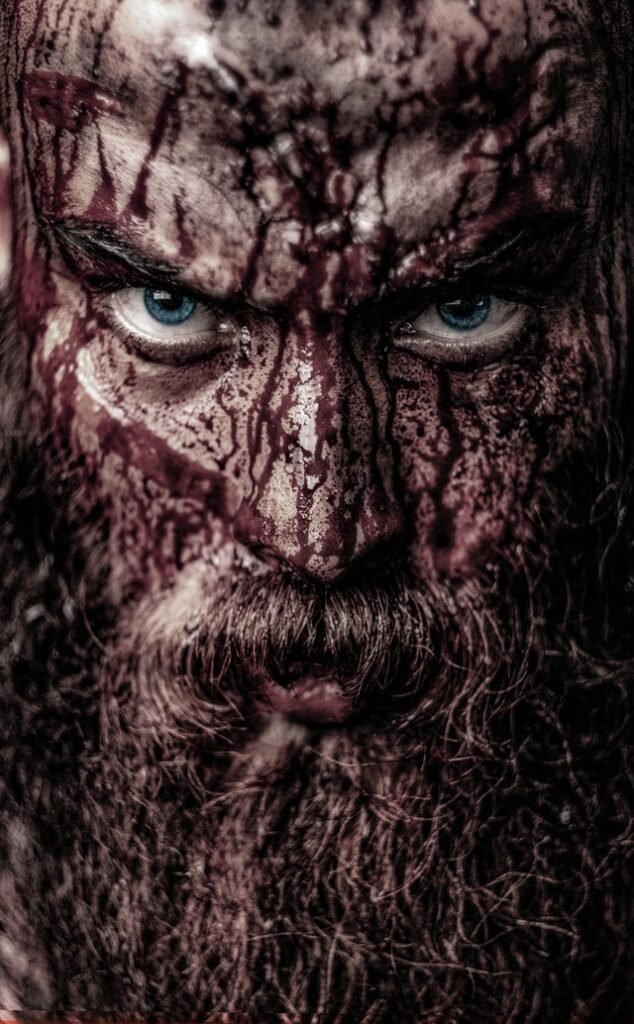
As history uncovers the various uses of ancient hallucinations, it becomes clear that trances aren’t only important for those interested in sitting cross-legged with their eyes shut. The trance state can be employed for any number of purposes that require focus and determination – including the slaughtering of innocents and the pillaging of their lands.
This may be the reason behind the infamous term “going berserk,” which originates from a term that was used to describe Viking warriors who raged into battle so bloodthirsty that they often struggled to differentiate friend from enemy. Known as berserkers, ancient texts from the Viking Age say that they were “mad as dogs,” or “strong as a bear.”
They were in a trance that may have differed significantly from the trances that Indian monks were inducing several thousand miles away, but it was a trance nonetheless.
According to various sources, they “bit their shields,” and “ate embers,” and could “walk through fire.” The latter two experiences are nowadays achieved by people in profound states of trance – similar to those induced by psychedelics.
In either case, one might be certain that this was not ordinary behavior.
In addition, various reports attribute other impressive and unbelievable traits to these berserkers. They were known to be so vicious that they could kill with a single blow. Many reported that they were not affected by swords or flame, but that they were vulnerable to damage from blunt weapons like clubs. Others said that they possessed powerful magic that could dull their enemies’ blades.
Before entering battle, berserkers tended to undergo an intense physical process not dissimilar to that which people experience after eating a certain psychedelic – albeit poisonous – mushroom: Amanita muscaria.
First, the Vikings would become wracked with chills and shivers. Next, their faces would grow red and swollen. Following this, they would be overtaken by a powerful rage that, once subsided, left them exhausted and numb for several days.
The Amanita muscaria mushroom contains a number of compounds that can cause effects like these, as well as induce psychedelic trances. Ibotenic acid and muscimol are typically responsible for drunkenness and changes in visual perception (including hallucinations). Muscarine, another compound, is responsible for some of the more unpleasant effects – including those that berserkers would often push through prior to battle. Amanitas can cause sweating, chills, a reddening face, twitching, increased muscle tone, and delirium.
However, none of these symptoms address the most commonplace symptom of the Viking berserker: raw, unfiltered rage. If modern mushroom consumption can be used for comparison, it is quite rare for someone to consume psychedelic fungi and become furiously enraged.
The first scientist to challenge the archeologists’ assumption that Amanita mushrooms were responsible for the berserker’s fiery rage is Karsten Farsten. Farsten, an ethnobotanist based in Slovenia, shared his research with ARS Technica. His study asserts that Viking berserkers were much more likely to be under the influence of the plant Hyoscyamus niger, or stinking henbane.
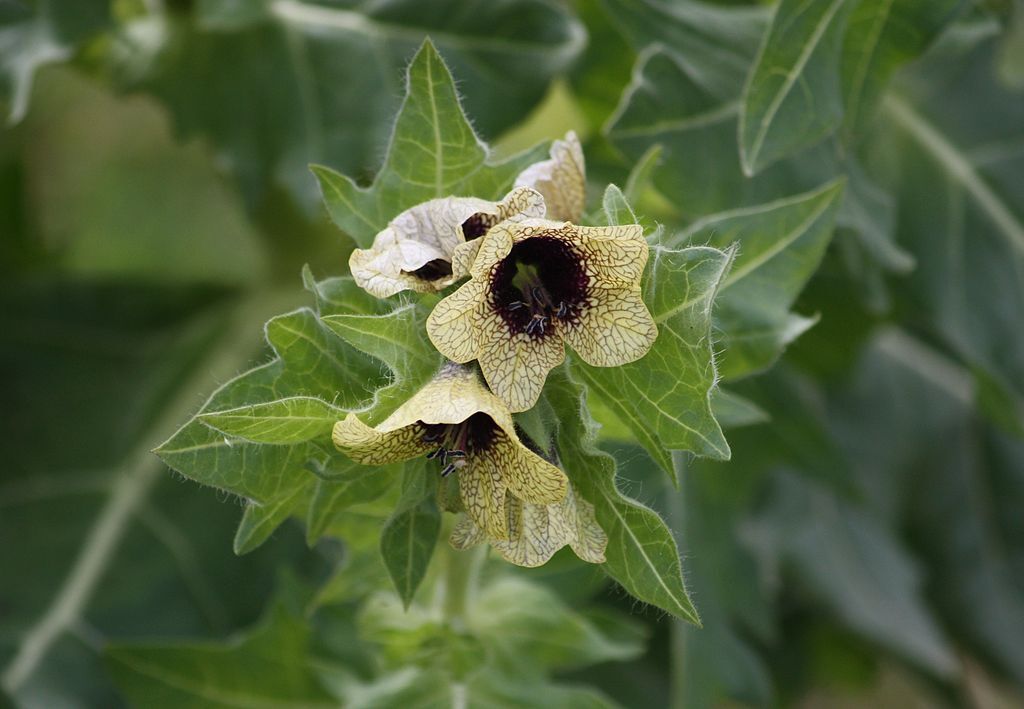
Researchers are already aware that the plant was highly valued in Viking culture. It is often found during excavations of sites from the Viking Age in Scandinavian regions. The plant was used in everyday culture as a sedative and sleeping aid. It was a known toxic agent and people would only imbibe it after weighing the risks.
Stinking henbane contains several powerful alkaloids including hyoscyamine and scopolamine. Both can produce powerful narcotic effects in the nervous system without causing sedation. The result is profound anesthesia, which could account for the stories of Berserkers being immune to pain.
These compounds can also significantly reduce blood pressure, thus reducing bleeding which could be interpreted as immunity against bladed weapons.
Not all experts agree that Vikings used psychedelic drugs to enhance their performance, however. Some researchers believe that their military campaigns would have fallen apart if they were under the influence of intoxicants.
Although this is highly unlikely to happen if only a few of the warriors were imbibing substances, it is true that there exists no literature about berserkers consuming anything special prior to battle. Berserkers were more often referenced due to their immense strength and size. Only in the writings of the later middle ages were supernatural powers ascribed to them.
All in all, there’s no real way to confirm whether or not the Vikings were using psychedelic mushrooms during their battles. What we can be sure of is that there are lots of references to berserkers – powerful, massive warriors that were sometimes perceived as having supernatural powers – from the time of the Viking Age.
Whether or not they were high, tranced-out from rituals, or simply extra strong, we might never know for sure. However, if you decide to try and find out for yourself, be careful! The plants that are generally associated with berserkers are highly potent and toxic.

Losing a job is one thing, but losing a business is in an entirely different league. Your own business is an extension of your own

For the eager minds of the fitness world, discovering fresh ways to elevate their workout game is akin to furthering your journey. Microdosing, a

Although the brain remains the most mysterious organ in the body, our knowledge of the brains functions is growing rapidly. The brain’s functions have
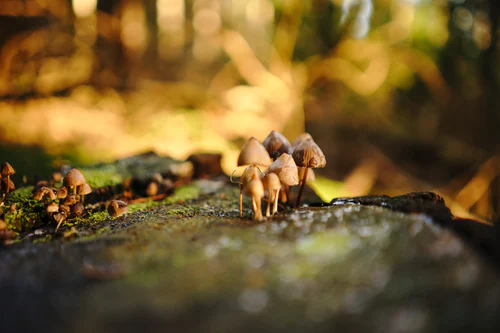
What is ‘creativity’? Creativity, by definition, is: ‘the use of imagination and/or original ideas with the motive to create something. Essentially, being creative is inventing
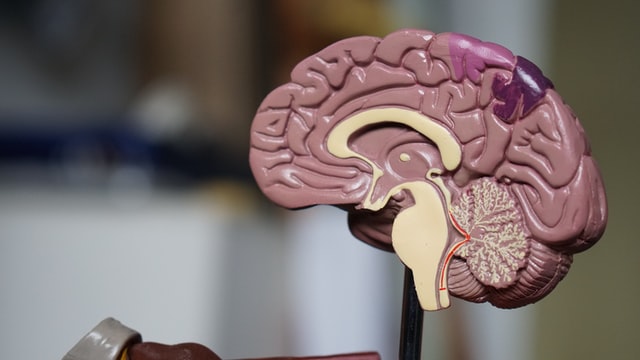
You may be reading this article because you have heard about cognitive enhancing substances previously and want to learn more. The term ‘cognitive enhancement’ has

Psilocybin is a mushroom-derived compound with a long history of use in traditional rituals, spiritual ceremonies and has been used as a medicine in
GET 10% DISCOUNT WITH NOTIFIED ABOUT THE LATEST NEWS AND UPDATES. NO SPAM, WE PROMISE!
FREE Tracked shipping on orders over €250 to EU countries.
Monday- Friday 8.30am- 5pm (CET)
A range of options available
Guaranteed delivery or your money back